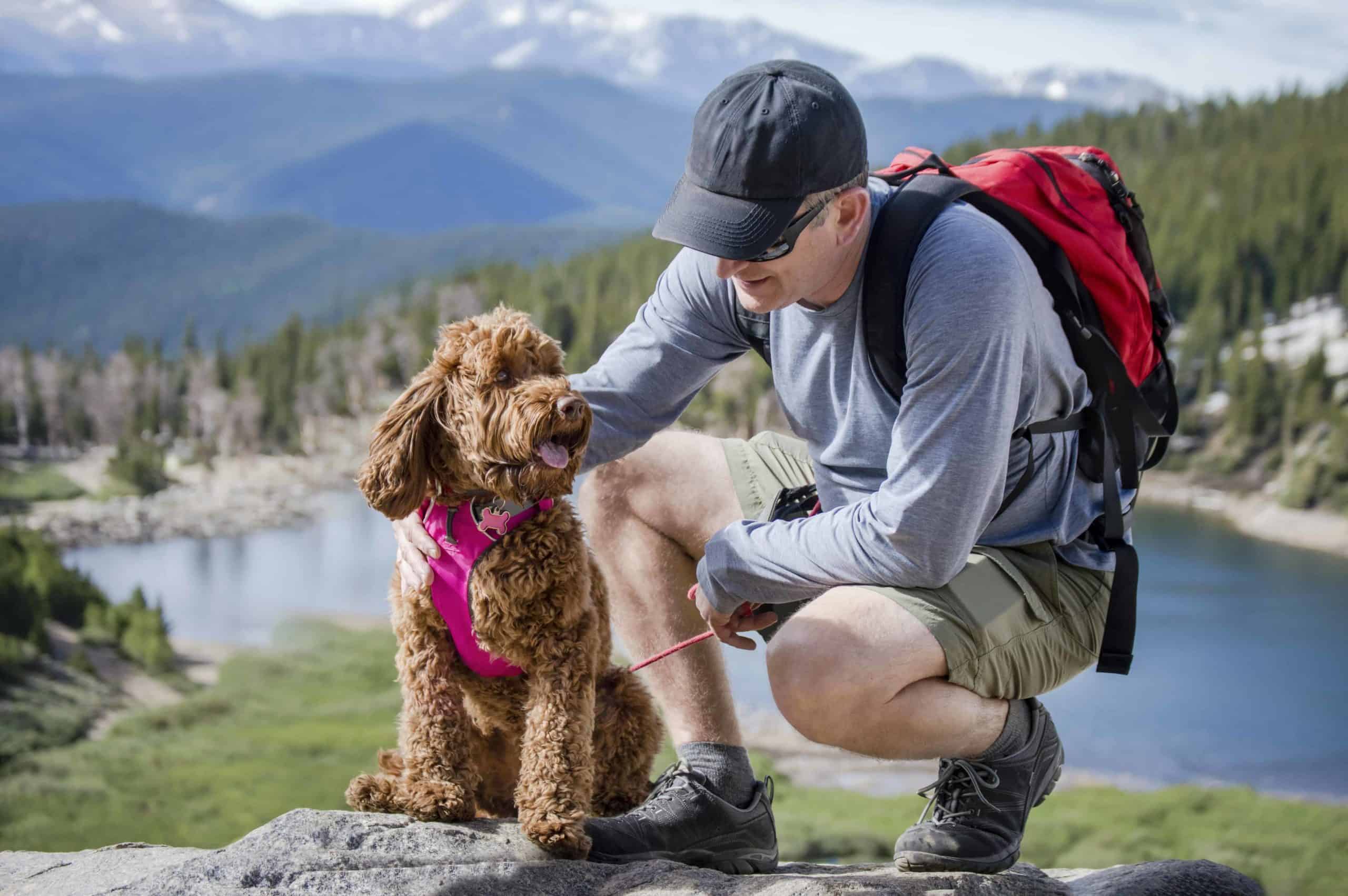Have you ever wondered how far your furry friend can travel in a day? Whether you’re planning a hiking trip or just curious about your dog’s physical capabilities, it’s important to understand the factors that can affect their travel distance.
Factors Affecting a Dog’s Travel Distance
Several factors can influence how far a dog can travel in a day. These include:
- Breed: Different breeds have varying levels of energy and endurance. High-energy breeds such as Siberian Huskies and Border Collies can typically travel longer distances compared to brachycephalic breeds like Bulldogs and Pugs.
- Age and Health: Young, healthy dogs can generally travel farther than older or unwell dogs. It’s important to consider your dog’s overall health and fitness level before embarking on a long journey.
- Weather Conditions: Extreme temperatures, humidity, and terrain can impact a dog’s ability to travel long distances. Dogs may struggle to travel long distances in hot weather or on challenging terrain.
- Training and Conditioning: Well-trained and conditioned dogs are better equipped to handle long journeys. Regular exercise and conditioning can improve a dog’s endurance levels.

Credit: news.orvis.com
Typical Daily Travel Distance for Dogs
On average, a healthy, medium-sized dog can travel approximately 10 to 20 miles in a day. However, it’s important to keep in mind that this figure can vary widely based on the factors mentioned above.
High-energy breeds with excellent physical conditioning may be capable of traveling even greater distances, while smaller or less energetic breeds may be limited to shorter distances.

Credit: blog.tryfi.com
Planning Long Distance Trips with Your Dog
If you’re considering a long distance trip with your dog, it’s essential to plan carefully and prioritize your dog’s well-being. Here are some tips to help you plan for a successful journey:
- Veterinary Check-Up: Before embarking on a long journey, it’s wise to take your dog to the veterinarian for a thorough check-up to ensure they are fit for the trip.
- Training and Conditioning: Gradually increase your dog’s physical activity to build up their endurance levels. Regular walks and hikes can help prepare your dog for longer journeys.
- Pack Adequately: Bring along plenty of water, food, and snacks for your dog. Additionally, consider carrying a first-aid kit for any minor injuries that may occur during the trip.
- Be Mindful of Weather Conditions: Avoid traveling in extreme weather conditions that may pose risks to your dog’s health, such as intense heat or freezing temperatures.
- Monitor Your Dog: Pay close attention to your dog’s behavior during the journey. If they show signs of exhaustion or distress, it’s crucial to take a break and provide them with rest and hydration.
Frequently Asked Questions Of How Far Can A Dog Travel In A Day
How Far Can A Dog Travel In A Day?
Dogs can typically travel between 10 to 20 miles in a day, depending on their breed, age, and fitness level. It’s important to consider their endurance and provide breaks during long walks.
Can All Dog Breeds Travel Long Distances?
While some dog breeds are better suited for long-distance travel, most breeds can adapt to varying distances with proper training and conditioning. It’s essential to consider the individual characteristics and health of the dog before planning a long journey.
What Factors Should Be Considered While Estimating A Dog’s Travel Distance?
When estimating a dog’s travel distance, factors such as age, breed, health, weather conditions, and terrain should be taken into account. Older dogs or those with health issues may require shorter travel distances, while younger and healthier dogs can handle longer journeys.
Are There Any Signs That Indicate A Dog Has Traveled Too Far?
Yes, signs that indicate a dog has traveled too far include excessive panting, limping, refusal to continue, and lack of interest in usual activities. Monitoring for signs of fatigue or exhaustion is crucial, as it helps prevent any potential harm to the dog.
Conclusion
While dogs have the potential to cover remarkable distances in a day, it’s vital to remember that their well-being should always take precedence. By understanding your dog’s physical capabilities and needs, you can plan enjoyable and safe adventures together.
Remember, every dog is unique, and it’s essential to tailor your plans based on your dog’s individual traits and requirements. Whether it’s a leisurely stroll or an exhilarating hike, your furry companion’s company is sure to make every journey a memorable one.



